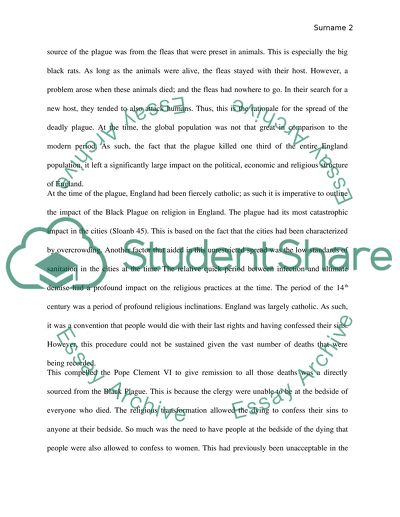Cite this document
(“Effect of the Black Death in England on London's culture, population Essay”, n.d.)
Retrieved from https://studentshare.org/history/1477265-effect-of-the-black-death-in-england-on-londons-culture-population-and-economy-between-1348-and-about-1500
Retrieved from https://studentshare.org/history/1477265-effect-of-the-black-death-in-england-on-londons-culture-population-and-economy-between-1348-and-about-1500
(Effect of the Black Death in England on London'S Culture, Population Essay)
https://studentshare.org/history/1477265-effect-of-the-black-death-in-england-on-londons-culture-population-and-economy-between-1348-and-about-1500.
https://studentshare.org/history/1477265-effect-of-the-black-death-in-england-on-londons-culture-population-and-economy-between-1348-and-about-1500.
“Effect of the Black Death in England on London'S Culture, Population Essay”, n.d. https://studentshare.org/history/1477265-effect-of-the-black-death-in-england-on-londons-culture-population-and-economy-between-1348-and-about-1500.


